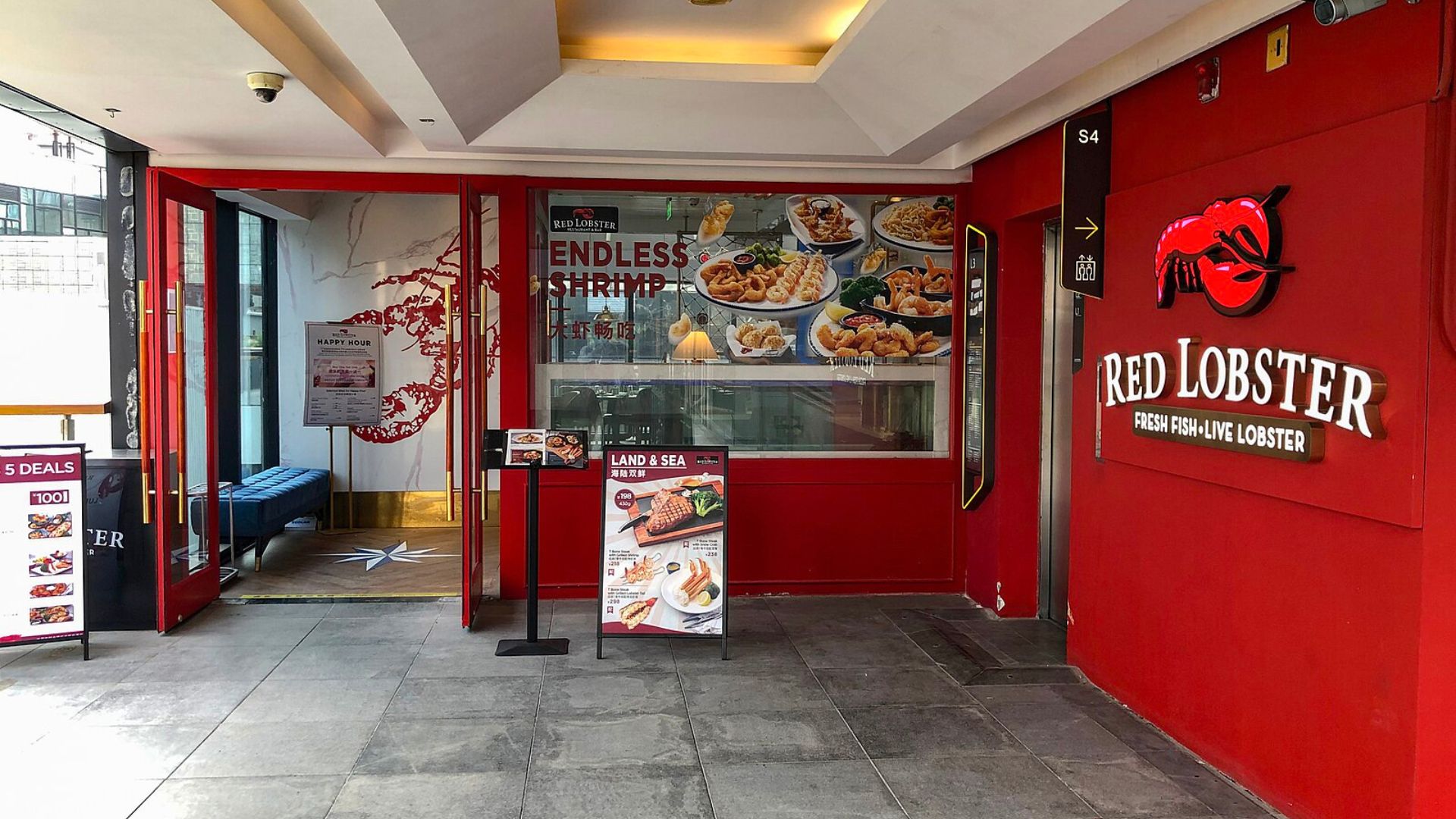Since its establishment in 1968, Red Lobster has become a cornerstone in seafood dining.
Now, the company is contemplating a Chapter 11 bankruptcy filing. According to Bloomberg, the aim is to reorganize finances and operations, which have been under significant strain.
A Deep Dive into Debt

The world of business is no stranger to financial ups and downs, but Red Lobster is currently facing an overwhelming financial challenge.
By filing for bankruptcy, the company hopes to alleviate the heavy financial burdens that have been sinking its operations.
Lease and Labor Woes

The struggles extend beyond mere debt; Red Lobster is wrestling with expensive leases and escalating labor costs, Bloomberg reports.
Tackling these financial challenges is crucial for the company to maintain its edge in the competitive restaurant industry.
Legal Advice and Restructuring Plans

The seafood chain is receiving guidance from King & Spalding, a law firm specializing in corporate restructuring.
Bloomberg’s sources suggest that while discussions about restructuring are ongoing, no final decisions regarding a bankruptcy filing have been made yet.
Chapter 11: A Fresh Start?

Opting for Chapter 11 bankruptcy might do more than keep the company afloat.
It could give Red Lobster the opportunity to revamp and rejuvenate its business operations while managing its debts.
The Evolution of a Brand

Red Lobster has experienced a dynamic evolution since being founded by Bill Darden and Charley Woodsby.
It has changed hands multiple times, from General Mills to Golden Gate Capital, each owner leaving their mark on its strategic direction and growth.
Expansion and Growth

Acquired by General Mills in 1970, Red Lobster expanded across the U.S. and Canada.
This growth was supported by significant corporate backing, which helped establish its presence as a major player in the dining industry.
Changes in Ownership

Fox Business notes that ownership transitions have been frequent, with Darden Restaurants relinquishing control to Golden Gate Capital in 2014.
More upheaval followed in 2021 when Thai Union assumed a significant stake, acquiring what remained of Golden Gate’s interest.
Investor Shift

Earlier this year, Thai Union announced its decision to exit its investment in Red Lobster.
According to a regulatory filing, Thai Union stated that the restaurant chain’s “ongoing financial requirements no longer align with Thai Union’s capital allocation priorities.”
Leadership Changes

Jonathan Tibus recently took the reins as CEO, equipped with a vast array of experience in revitalizing faltering dining and retail businesses.
His strategic vision could be crucial for Red Lobster’s recovery.
Restructuring Ahead

Tibus has a history of leading numerous restructuring efforts.
His leadership has the potential to be transformative for Red Lobster as it attempts to overcome its current financial obstacles.
What’s Next for Red Lobster?

As Red Lobster faces the possibility of bankruptcy, its future remains uncertain. Will this mark a rebirth, or is the storied chain navigating towards even stormier seas?
As the situation unfolds, all stakeholders are watching closely, anticipating the next developments in this maritime narrative.
